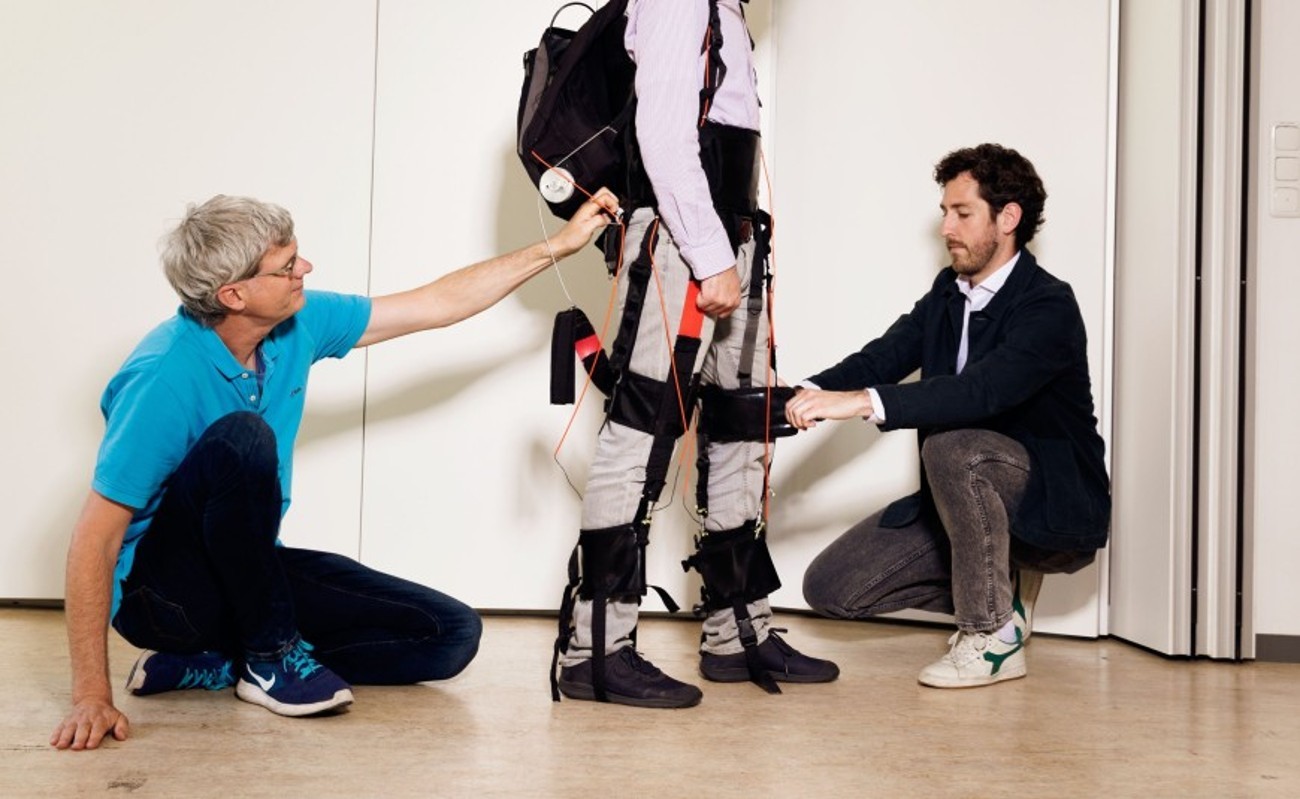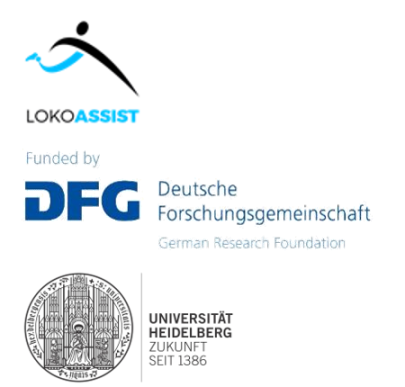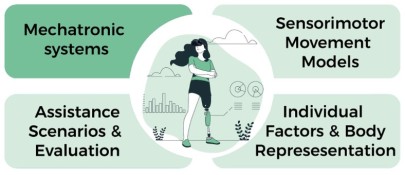RTG LokoAssist
Leg prostheses, orthoses and exoskeletons have become active movement assistance systems that require seamless integration into the human body. These systems can expand the range of motion significantly while lowering the metabolic energy expenditure, allow better individual adaptability, and ultimately increase their usage in the real-world. To this end, the research project aims at creating innovative technologies that continuously and actively involve potential users into the research and developmental process to achieve high quality interaction and a high level of user acceptance.
As a part of the “project area A – Mechatronic systems” of the LokoAssist, we at the IMS work on integrating user perspectives in the design phase of assistive devices. Considering user needs and integrating user-defined criteria as an important part of the mechanical design process of assistive devices would ultimately lead to a design that is more in tune with the user’s needs and will lead to a more seamless integration of the device in their life. Hence, using our expertise in the design and development of mechatronic systems, we aim at developing a design platform for assistive systems that not only considers objective criteria, such as reducing metabolic energy expenditure, but also considers the subjective criteria, such as comfort and body schema integration, determined by the potential users of these devices. Formulating these subjective criteria to be used as design objectives is an important part of this project, which will be done with the help of the experts of the other project areas of LokoAssist. Consequently, user-defined factors can be integrated into the final mechatronic design of assistive device in a systematic way, which can improve the usability of these devices and lead to their easier integration in people’s daily life.






